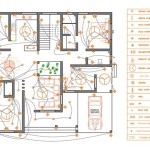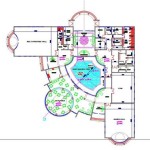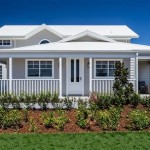Essential Aspects of Tree House Bunk Bed Plans: A Comprehensive Guide
Building a tree house bunk bed is an exciting project that can provide endless hours of fun and adventure for children. However, meticulous planning and consideration of essential aspects are crucial to ensure safety and durability. This comprehensive guide will delve into the key factors to consider when creating tree house bunk bed plans.
1. Tree Selection and Site Assessment:
Selecting the right tree is paramount. Choose a healthy tree with strong branches that can support the weight of the tree house and children. Avoid trees with signs of disease, decay, or insect infestation. The site should provide ample space for the tree house and safe access from the ground.
2. Structural Considerations:
The structure of the bunk bed should be robust and durable. Use high-quality lumber that is resistant to rot and insects. Plan for adequate support beams and ensure the bunks are firmly attached to the tree. Consider using a metal frame or galvanized hardware for increased stability.
3. Bunk Bed Dimensions and Layout:
Determine the ideal size for the bunk beds based on the number of children and the available space. Plan for ample headroom and ensure the ladder provides easy access to the upper bunk. Consider adding railings and safety features to prevent falls.
4. Roofing and Weather Protection:
A waterproof roof is essential to protect the bunk beds from rain and snow. Choose roofing materials that are durable and weather-resistant. Plan for proper drainage to prevent water accumulation. Additionally, install gutters and downspouts to direct rainwater away from the structure.
5. Access and Safety Features:
Safe access to the bunk beds is crucial. Design a sturdy ladder or staircase with handrails. Install safety nets or railings around the perimeter of the tree house to prevent falls. Consider adding lighting for nighttime use and a communication system to connect with children inside the bunk beds.
6. Ventilation and Insulation:
Proper ventilation is essential to prevent moisture buildup and ensure a comfortable environment. Incorporate vents or windows into the design. For colder climates, consider adding insulation to the walls and roof to maintain warmth during winter months.
7. Aesthetics and Personalization:
While safety and functionality are paramount, aesthetics can enhance the overall appeal of the tree house. Choose paint colors and finishes that complement the surrounding environment. Add decorative elements such as windows, shutters, or a playhouse theme to make the bunk beds more inviting.
Conclusion:
Creating tree house bunk bed plans requires meticulous planning and attention to essential aspects. By considering tree selection, structural integrity, bunk bed dimensions, weather protection, access and safety features, ventilation, insulation, and aesthetics, you can build a safe and enjoyable retreat for children that will provide years of lasting memories.

10 Easy Steps To Build A Diy Clubhouse Bed The Owner Builder Network House Beds For Kids Tree Bedroom

12 Diy Indoor Treehouse Ideas Kids Beds Play Areas Tree House Bunk Bed Loft

Decorating A Vacation Home With Creatively Themed Rooms Treehouse Loft Bed Kids Bunk Beds

Diy Wood Pallets Tree House Bunk Bed Pallet Furniture

23 Epic Tree Houses That Ll Put Your Head In The Clouds Treehouse Loft Bed House Bunk

Treehouse For A Sweet Little Boy Tree House Designs Kids

3 Diy Treehouse Beds To Build For Your Kids Room A Play Area

Diy Wood Pallets Tree House Bunk Bed Pallet Furniture

Pin Em Playroom Ideas

Building A Coco Village Treehouse Bunk Bed For Our Girls Floradise Tree House Beds








